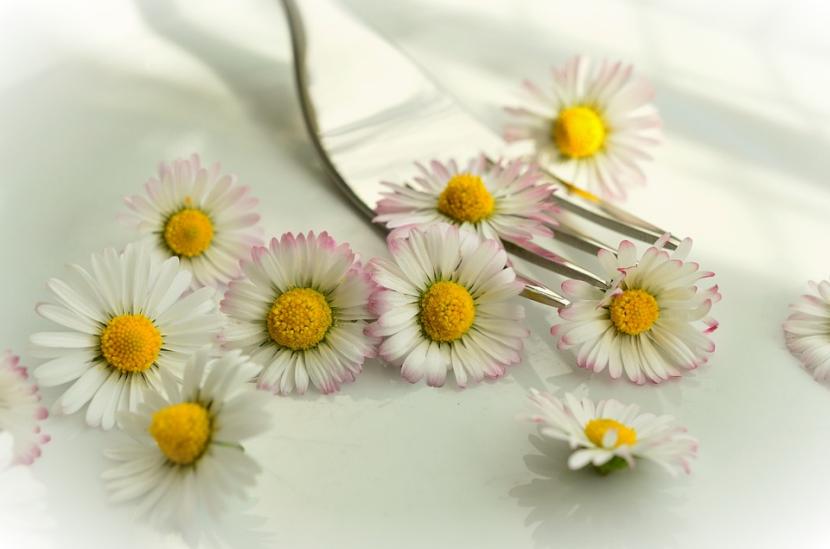
If you thought that the flowers were to be pollinated and so that we could contemplate them, from now on you will know one aspect of them that will surely surprise you: there are many that you can use to accompany your dishes. Yes, indeed. Edible flowers exist; And, in fact, cooking with them is not something new.
To know the importance they once had, just look at the old cookbooks. Carlo Magno's favorite dish, for example, was a mallow flower salad; And in Japan, the chrysanthemum has always had a privileged place both in gardens and in kitchens. But I'll tell you something else: you have already eaten edible flowers, perhaps without realizing it. Yes, yes, I am completely sure that you have ever eaten cauliflower, broccoli o saffron. But there are still more things that will surprise you ...
Types of edible flowers
Although all angiosperm plants (that is, those that bear fruit in which we will find the seeds) have flowers, not all are edible. In fact, there are some that can be very toxic. To avoid problems, here is one list of edible flowers that you can more easily find in nurseries, garden stores or markets:
Allium
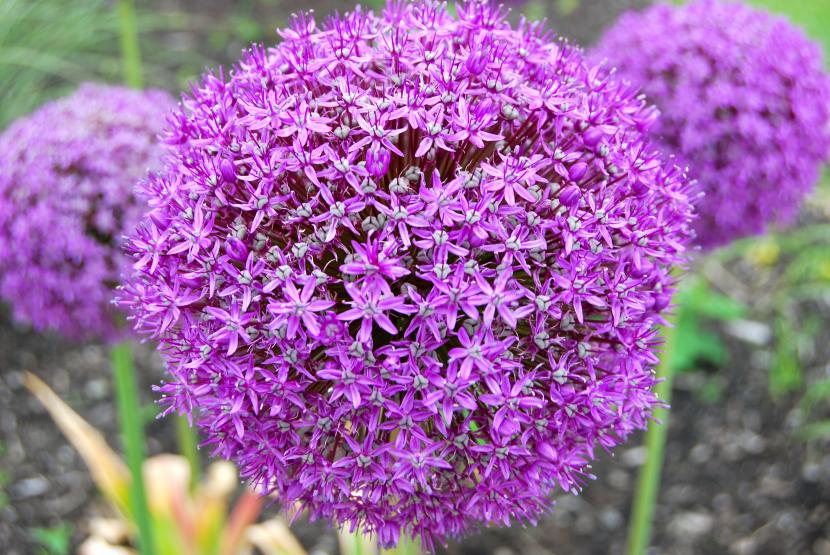
Like leeks, garlic, onions ... all species of this genus have edible flowers. The flavor is very varied. For example, the leek is rather soft, while garlic has a somewhat more intense flavor.
Angelica
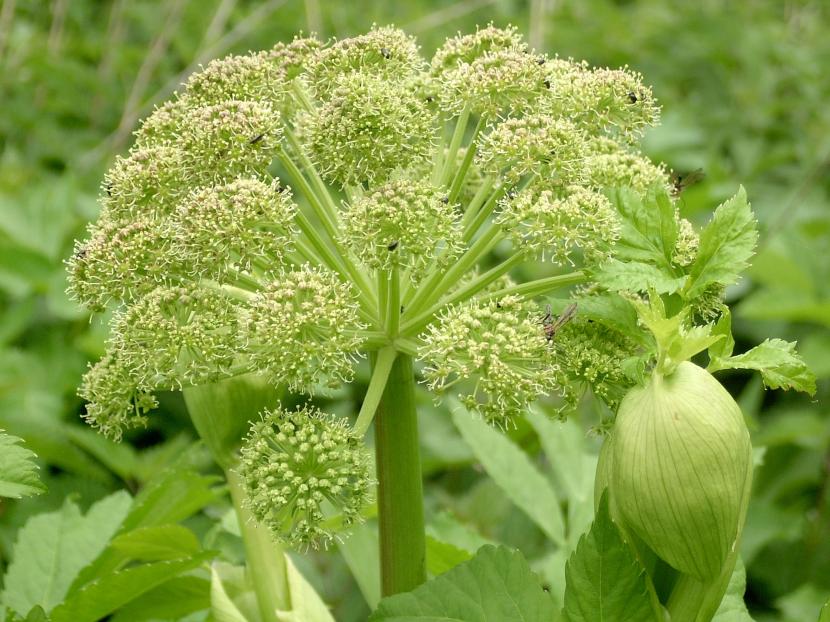
Do you like licorice? If so, you will like the Angelica flowers, well they have a flavor that is very reminiscent of this. Ideal for soup dishes.
Mauve
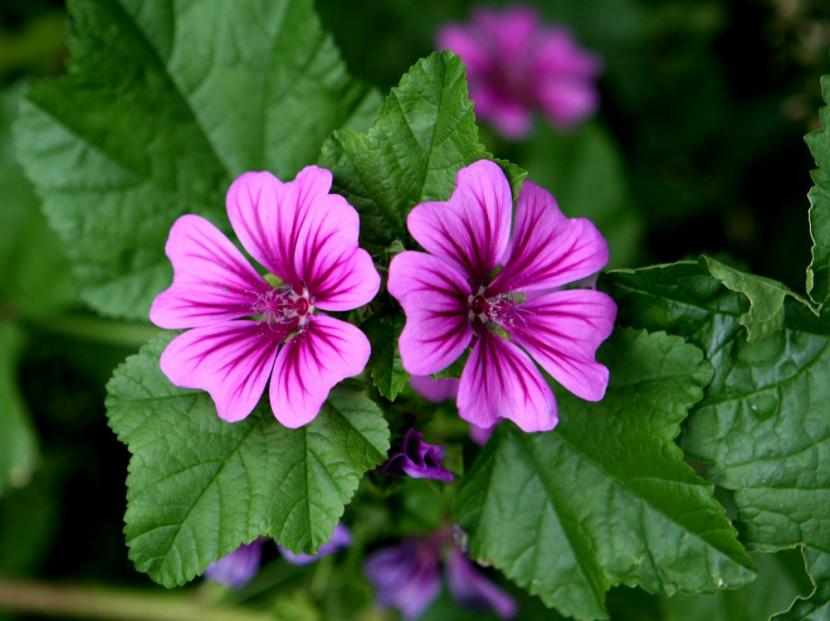
Malva are very decorative flowering plants. They can be pink, red, white, or lilac. But in addition, they have a very mild flavor ideal for salads.
Hibiscus rosa-sinensis

The Chinese rose Hibiscus is a shrub with very showy flowers. It also has a sweet taste that can be added to the salad, or as a garnish for meats.
Sunflower
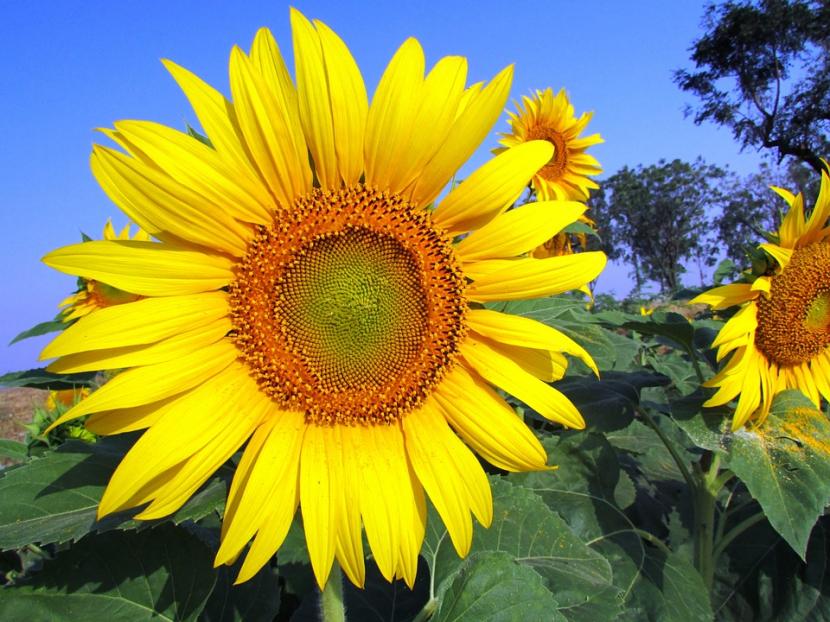
The sunflower is the undisputed protagonist of summer, and it can also be one of the kitchen. Have a taste somewhat bitter, so it is recommended to steam before serving.
Geranium
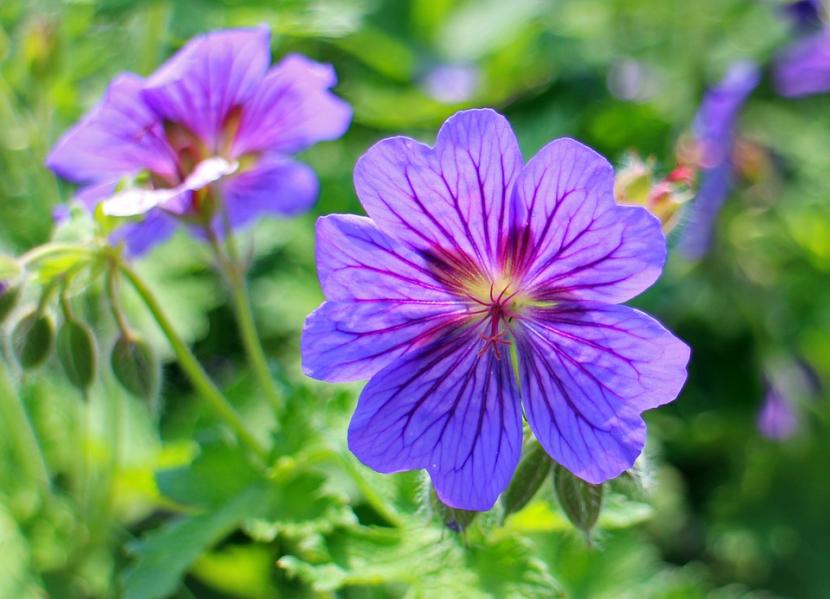
All varieties of geranium have edible flowers. The taste varies depending on the type: can be fruity or rather sweet. You can use them to make desserts, salads, cakes, drinks or as a garnish.
Poppy
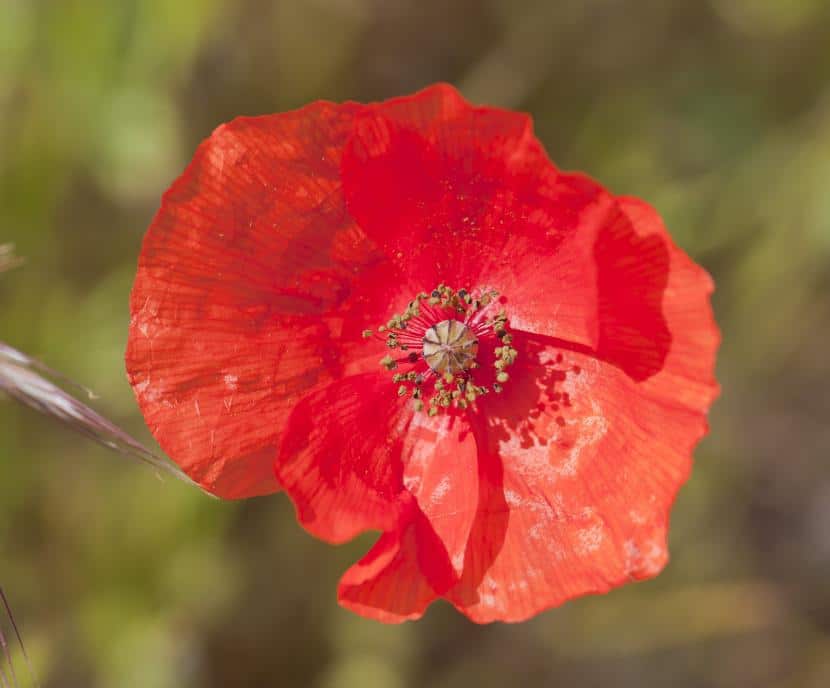
The poppy is a red flower and Smooth flavor which is used to flavor cakes, bread and salads.
begonia semperflorens
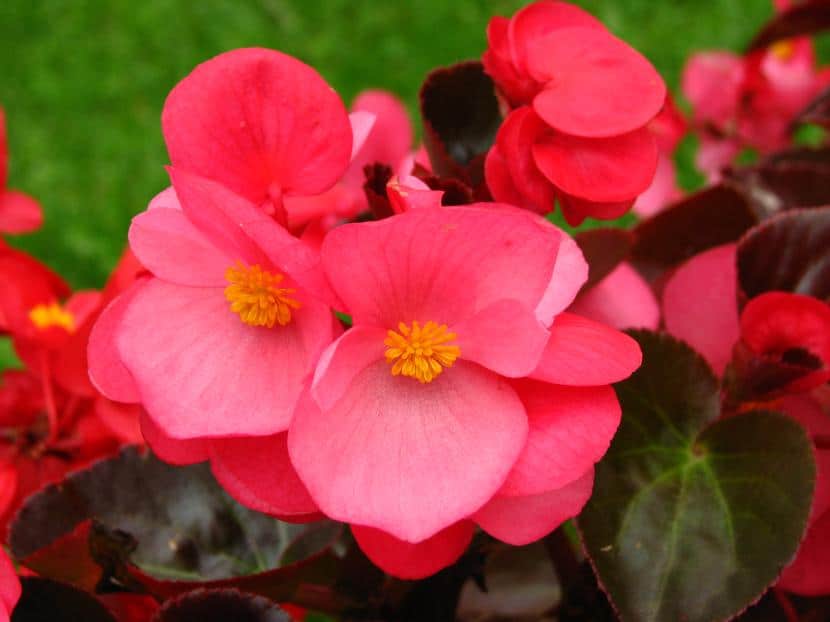
The flowers of this beautiful plant have a very sweet taste. Thus, they are consumed with fruit salad or used as a garnish.
Pumpkin
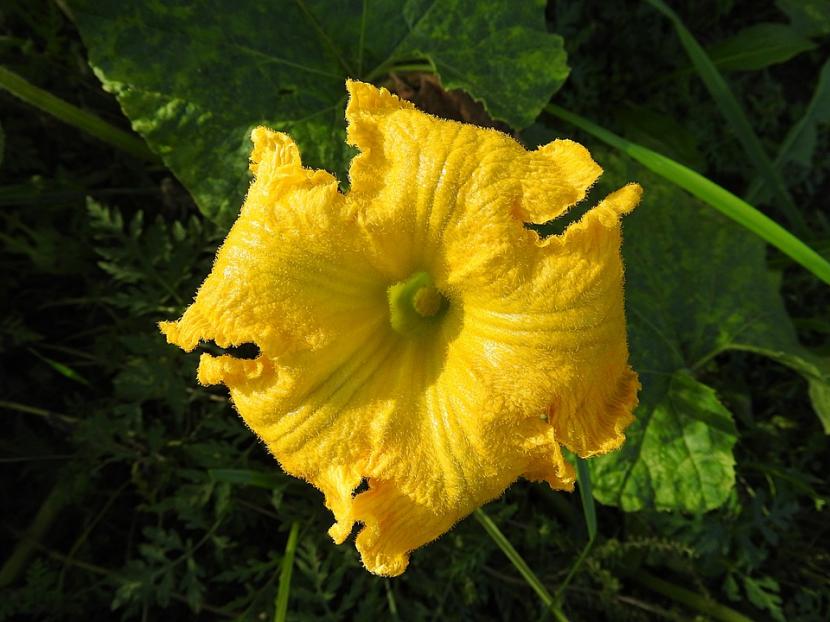
De sweet taste, the flowers of this plant are consumed together with soups or in dishes of Mexican cuisine.
Dianthus
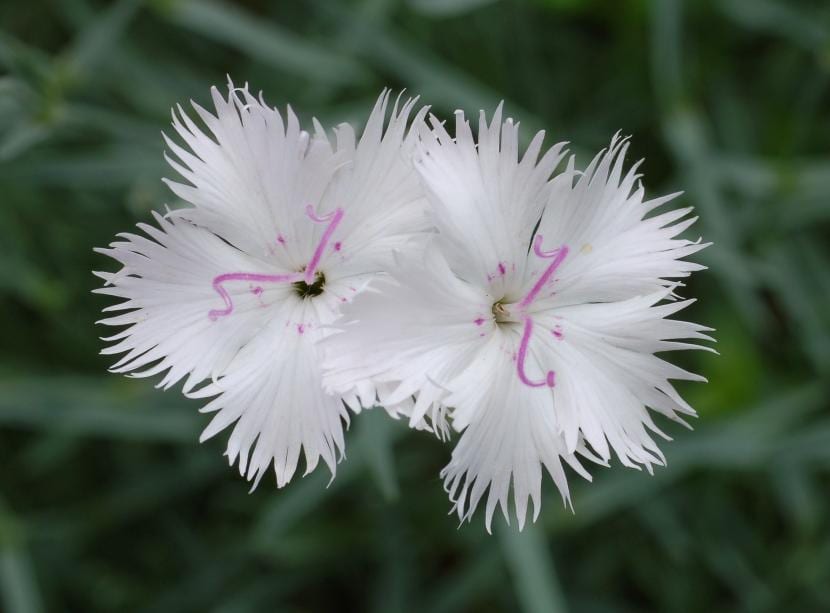
The flowers of this genus vary according to color, and according to their taste. TOSome have a flavor that is more reminiscent of pepper, while others are similar to that of spices. They go well in salads, or as a garnish.
Chrysanthemum
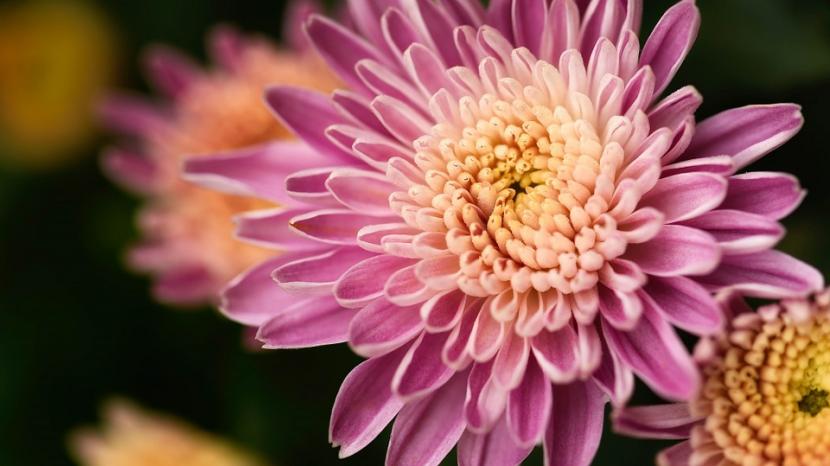
Chrysanthemums can be yellow, white, red and orange depending on the species. They have a bitter taste, so they are used in salads, sauces or vinaigrettes.
Gladiolus
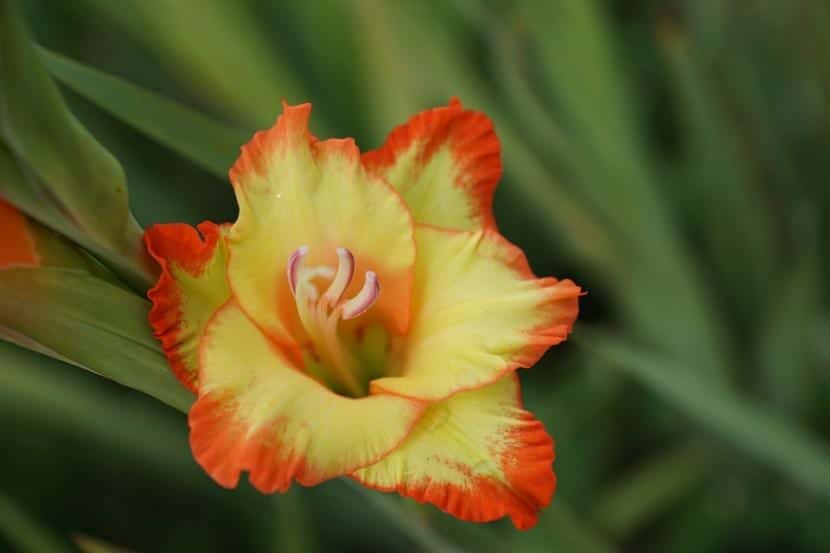
Gladiolus is a bulbous plant that blooms in spring-summer. Have a sweet taste, and can be used to accompany salads.
Lavender
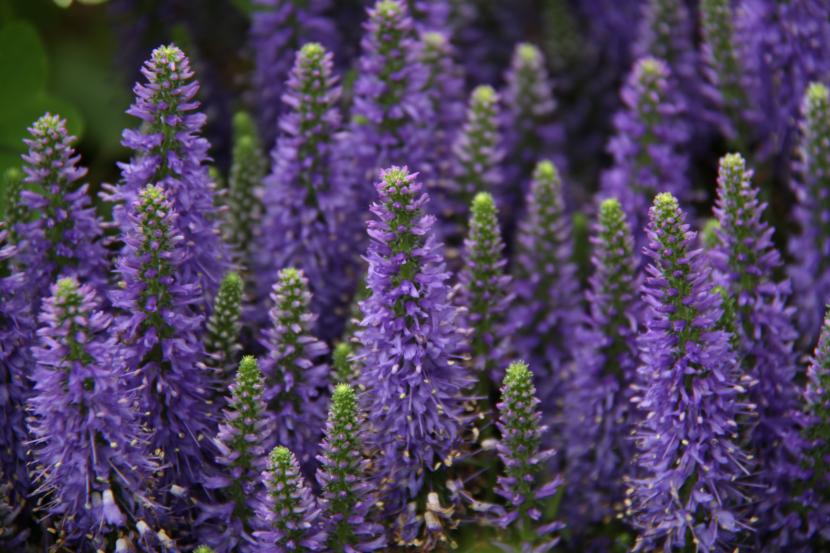
Its flowers are of a very characteristic lilac color. Its flavor is somewhat spicy, and are often used to flavor salads or creams, or as a garnish.
Pink
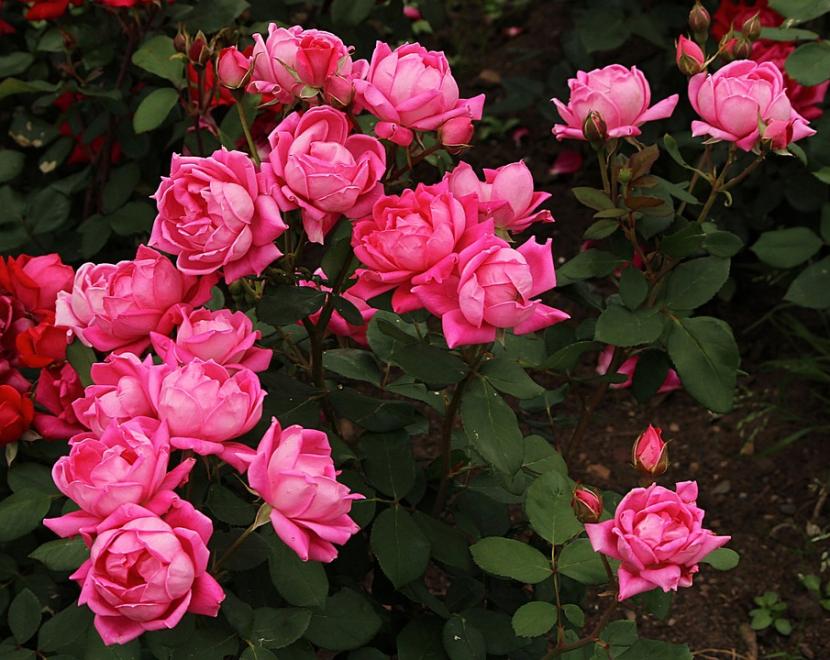
This is a shrub that blooms for much of the year, so you can enjoy its exquisite sweet taste for many months. Use its petals to make cakes, ice creams, jams, herbal teas, sauces ... well, whatever you like the most. They go with everything!
Thought
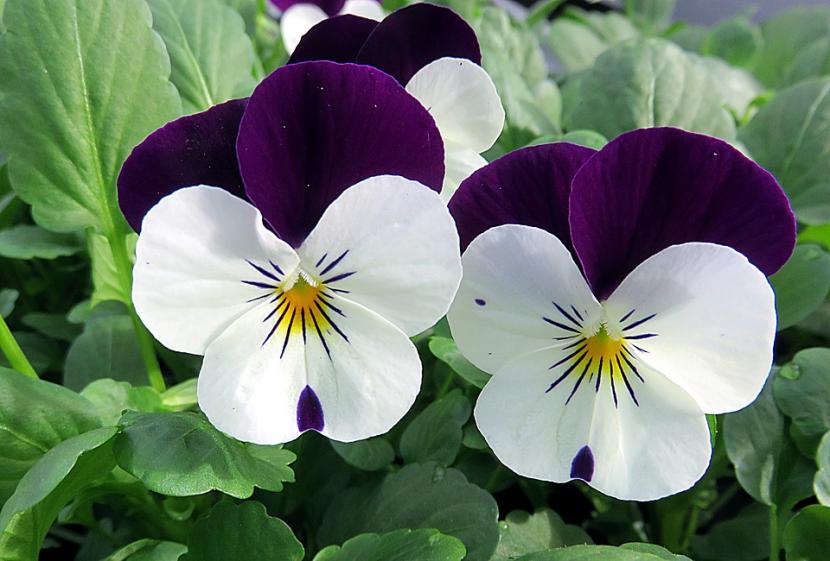
Pansies bloom in late winter and early spring. They have white, yellow or purple flowers, the taste of which varies from sweet to bittersweet. They are used for salads.
How to get the best flavor from edible flowers
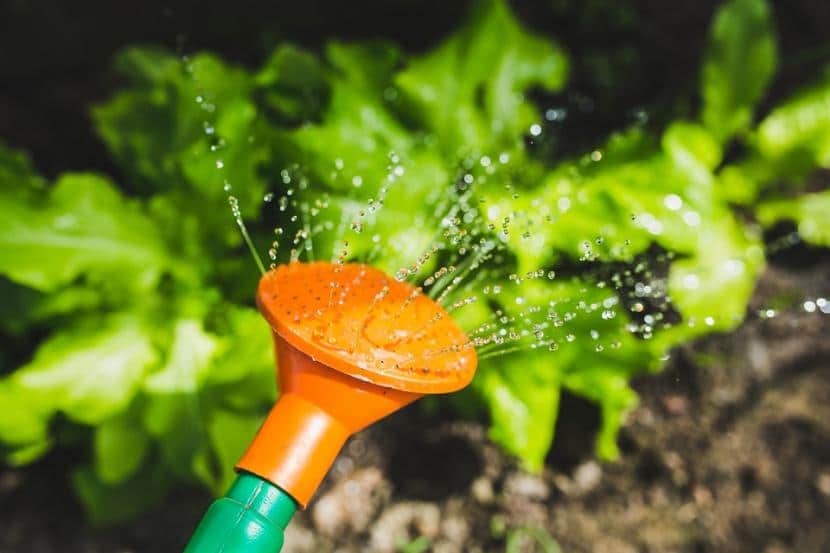
To get flowers to be really tasty, we must take into account that plants they must be well cared for. A good fertilizer calendar and an ideal irrigation frequency will be the keys to preparing delicious dishes.
Fertilizer
As they are going to be plants destined for human consumption, we will choose to pay them with natural fertilizers. In the nurseries you will find worm humus, guano and even mulch, which will provide your plants with all the nutrients they need to grow and have a large number of healthy flowers.
We will fertilize throughout the growing season, that is, during spring and summer, once a month if it is powder, or every 15 days if it is liquid. In the case of guano, we will follow the recommendations indicated on the container as it is the only natural fertilizer that, in excess, could cause significant damage to the plant.
Irrigation
Controlling irrigation is not always easy. In fact, I can tell you that I have been taking care of plants since 2006 and I still sometimes have doubts about when to water. Fortunately, there are several things we can do to check substrate moisture, and they are:
- Insert a thin wooden stick to the bottom: If when we remove it we see that it has very little soil attached, it is because it is very dry and therefore it is necessary to water.
- Take the pot once watered and again after a few days: This way we can get a more or less clear idea of how much it weighs in each situation, which will be of great help to know when to water.
Location
Flowering plants need to be exposed to direct sun so that they can be fully opened. Therefore, it is important that you put them in an area where they receive the light of the star king, if possible, throughout the day.
Recommendations for purchase
It is important that you make sure that the plants you are going to buy have not been treated with chemicals, otherwise you will have to wait at least one month so that the plant is clean. For this reason, if you want to make sure that you will not have to take risks of any kind, it is highly recommended to acquire the seeds and grow our flowers ourselves.
How to prepare edible flowers?
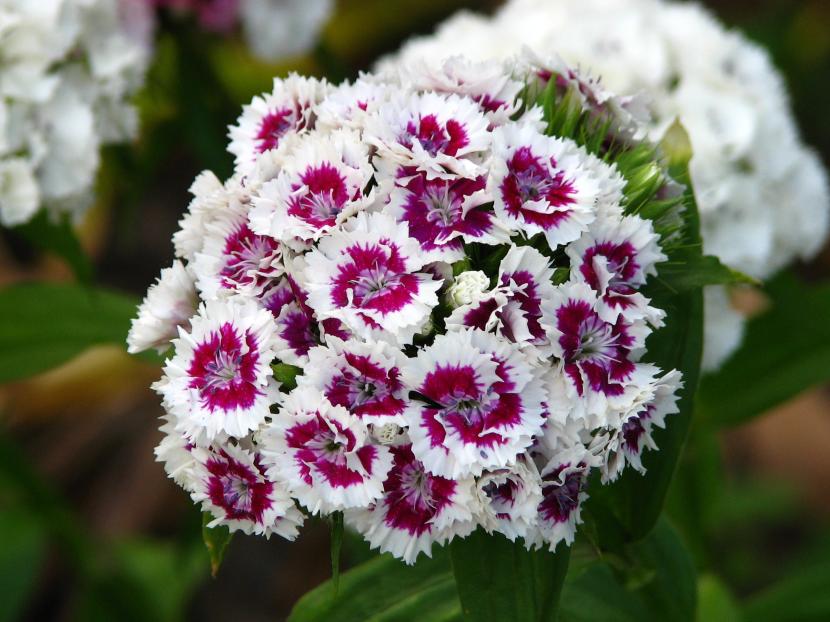
Every time we want to taste some of these colorful foods, nothing better than harvesting them ourselves from our garden or patio. To do this, we will wait for the dew drops to dry, although they can also be taken in the middle of the morning. I recommend you to do not take them later than 12 o'clock, since by then the flavor will have reduced.
Once you have them, remove the stamens and pistils, clean them thoroughly with water and finally put them on absorbent paper until they have dried, at which point you can start preparing your dishes.
Did you know that edible flowers existed?